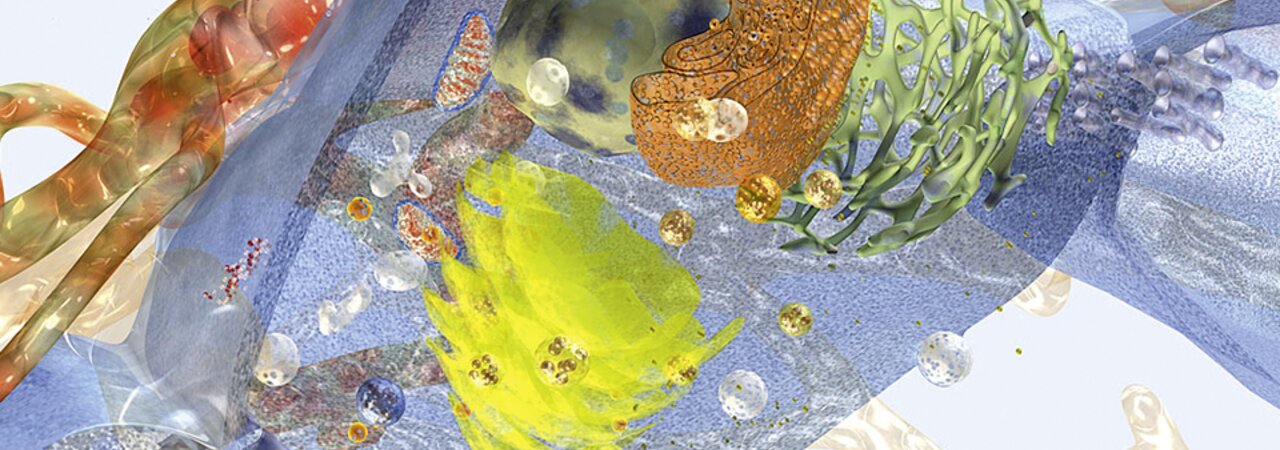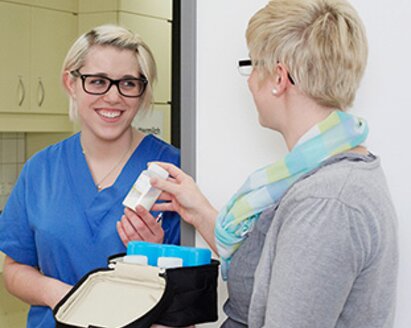You are currently viewing:
Medela - English
You can select an alternative Medela website in one of these countries:
Products
Shop
Rent a Breast Pump
Pumps
Extra Pump Parts
Maternity & Pumping Bra
Bottles & Bags
Cleaning
Breast Care
Special Feeding Needs
NICU
Bottles & Bags
Hospital-only products
Breast milk storage bottles
Breast milk storage bags
Cooler Bag breast milk storage
Breast Care
Breast massage oil
Organic nipple cream
Purelan™ lanolin cream
Hydrogel pads
Breast shells
Milk Collection Shells
Contact™ Nipple Shields
Nipple formers
Safe & Dry™ disposable nursing pads
Safe & Dry™ Ultra-thin disposable nursing pads
Safe & Dry™ washable nursing pads
Classic Electric
Swing Maxi™ double electric breast pump
Solo™ single electric breast pump
Swing Flex™ Two-phase electric breast pump
- Products
- Medela Blog
- Medela Family
- Services
- Lactation Professionals
- Shop Finder





